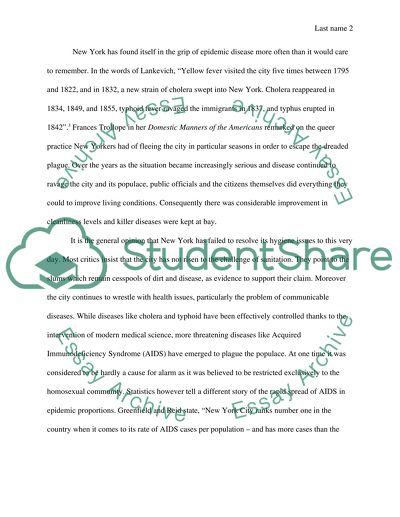Cite this document
(“The Criticism against New York City Essay Example | Topics and Well Written Essays - 2250 words”, n.d.)
The Criticism against New York City Essay Example | Topics and Well Written Essays - 2250 words. Retrieved from https://studentshare.org/miscellaneous/1517920-the-criticism-against-new-york-city
The Criticism against New York City Essay Example | Topics and Well Written Essays - 2250 words. Retrieved from https://studentshare.org/miscellaneous/1517920-the-criticism-against-new-york-city
(The Criticism Against New York City Essay Example | Topics and Well Written Essays - 2250 Words)
The Criticism Against New York City Essay Example | Topics and Well Written Essays - 2250 Words. https://studentshare.org/miscellaneous/1517920-the-criticism-against-new-york-city.
The Criticism Against New York City Essay Example | Topics and Well Written Essays - 2250 Words. https://studentshare.org/miscellaneous/1517920-the-criticism-against-new-york-city.
“The Criticism Against New York City Essay Example | Topics and Well Written Essays - 2250 Words”, n.d. https://studentshare.org/miscellaneous/1517920-the-criticism-against-new-york-city.


